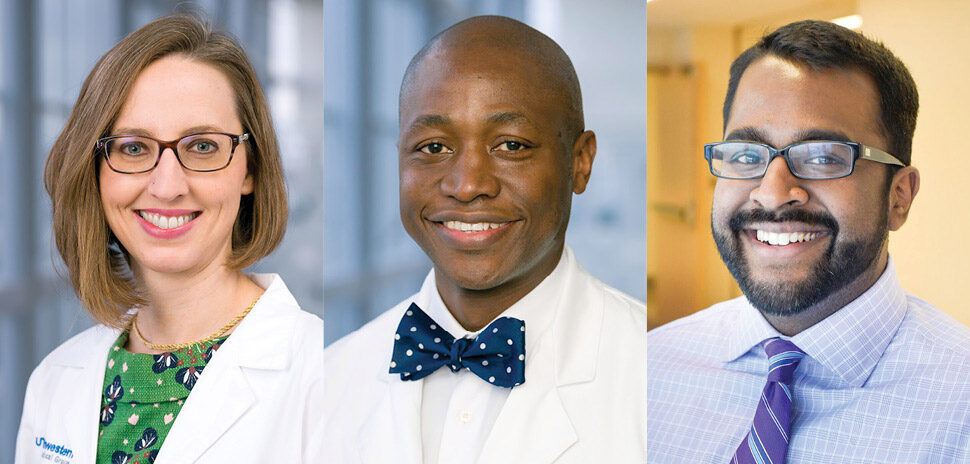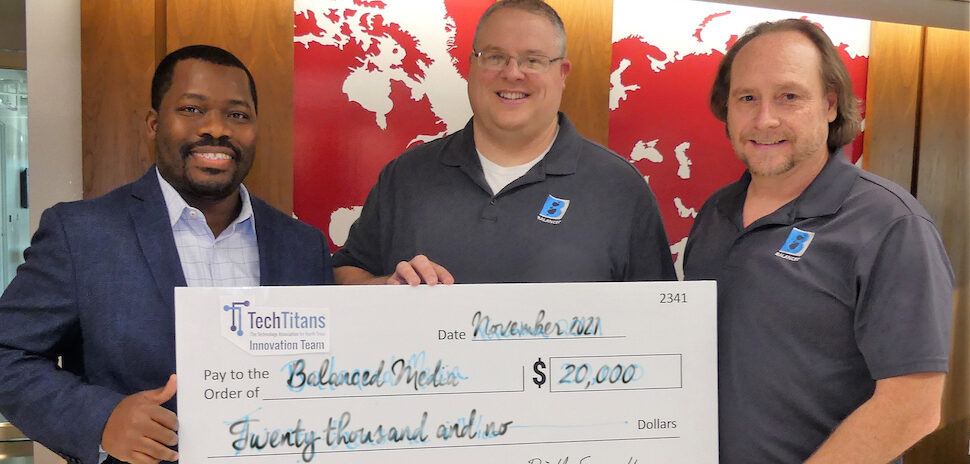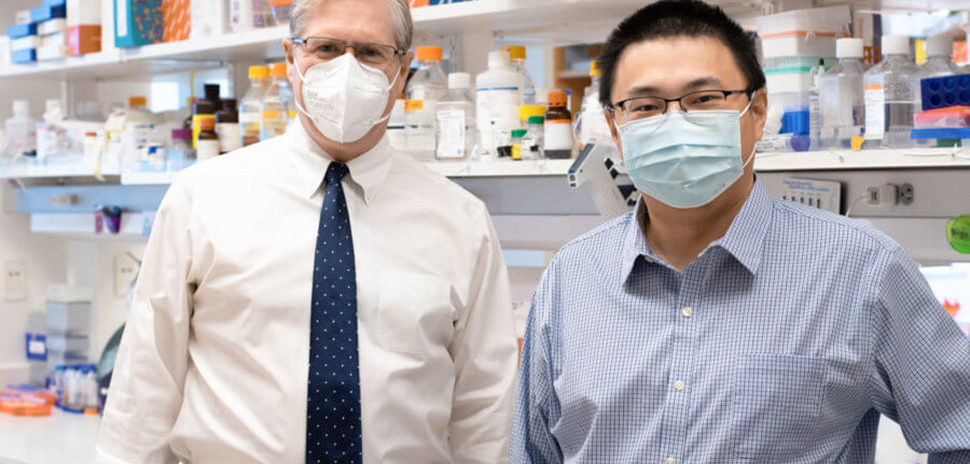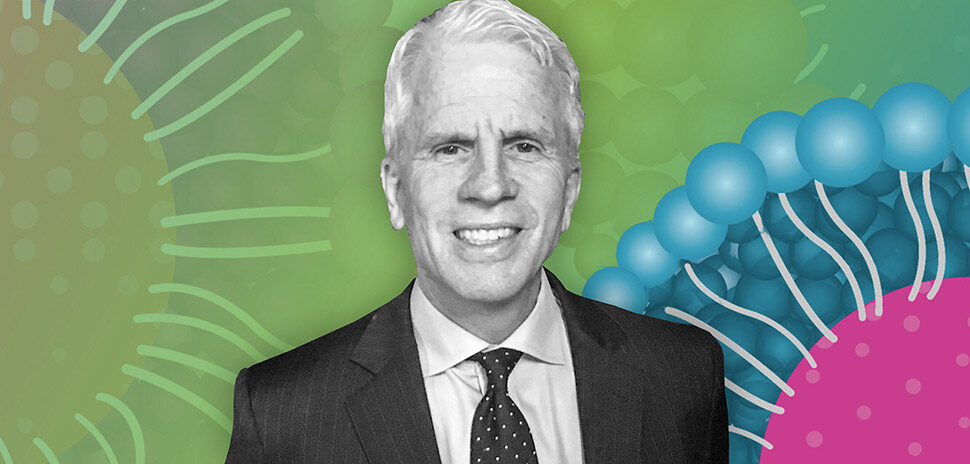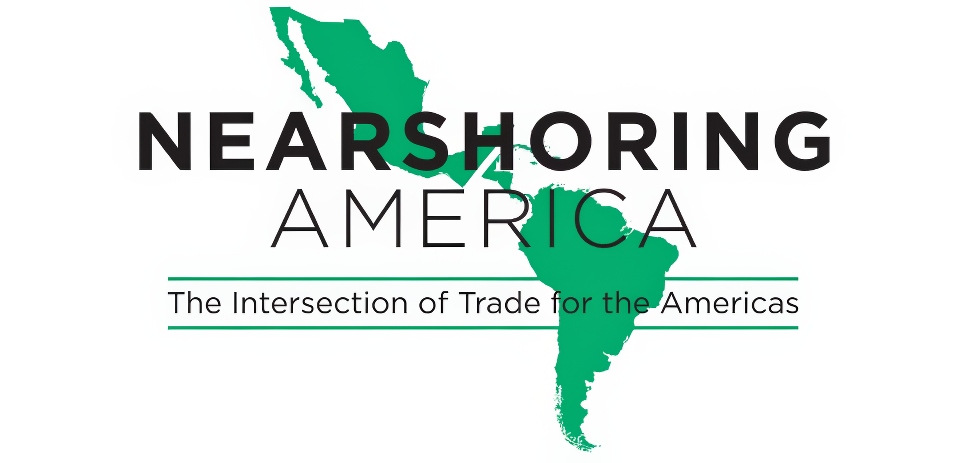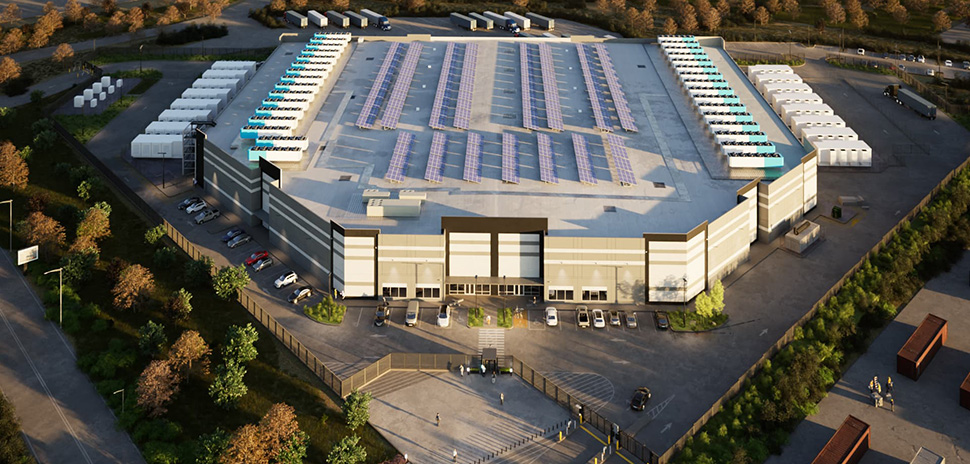Forty miles northwest of downtown Dallas, reusable rockets are being tested that could make suborbital science experiments affordable for anyone, including high school science classes.
Exos Aerospace Systems & Technologies is testing the new SARGE rocket at the Caddo Mills Municipal Airport, where the company is based. Pending FAA approval, Exos could send the first SARGE rocket into space by the fourth quarter.
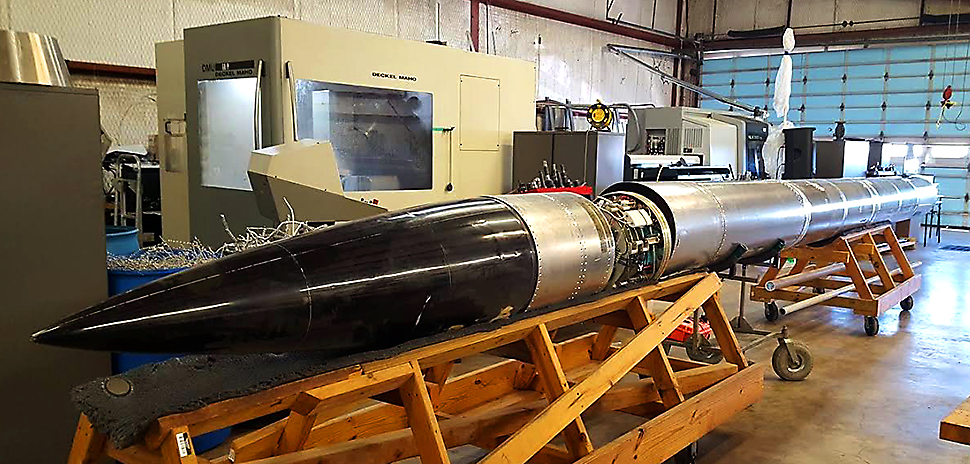
[Photo: Courtesy of Exos]
An earlier version has been launched and retrieved multiple times.
“We’re going to provide microgravity and a vacuum environment that you can’t replicate here on Earth.”
John Quinn
Exos is building two of the reusable rockets that can carry a wide variety of payloads for a fraction of what it costs to fly with NASA. The first SARGE rocket could be ready to go within six months.
Stem cells, fluids, and other materials behave differently when they leave the Earth’s atmosphere, opening up huge opportunities for bio research, said John Quinn, co-founder and chief operating officer of Exos.
“We’re going to provide microgravity and a vacuum environment that you can’t replicate here on Earth,” Quinn said.
Quinn spoke at BioNorthTX’s recent monthly breakfast forum at Noah’s of Las Colinas in Irving.
He issued a challenge to the audience of about 30 people saying North Texas should be taking a larger role in sending payloads to space.
“It’s going to fall on this community. And where do we have bigger and better than we do here as far as research?” Quinn said. “Why are we going to Florida for biomedical research payloads when we have huge organizations here that do biomedical research.”
HOW SARGE ROCKETS WORK
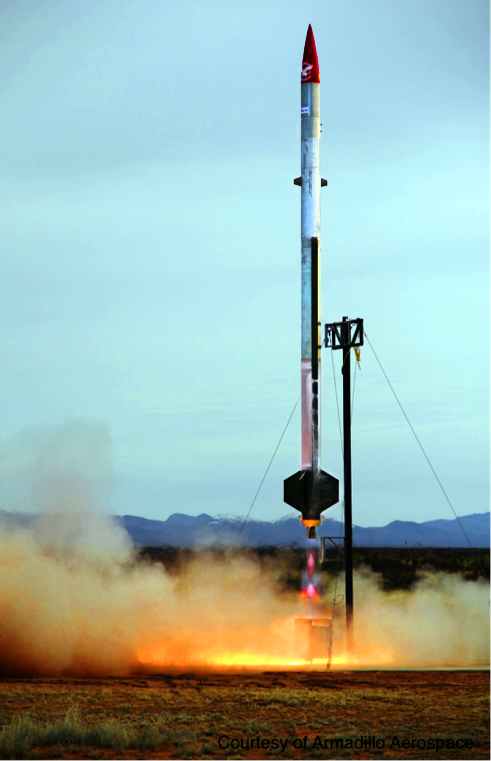
[Photo: Courtesy of Armadillo Aerospace via Exos]
The SARGE rockets are 36 feet long with a payload capacity of 3 feet by 20 inches. They can be loaded up with petri dishes, a mouse habitat, or any other container that someone wants to send into space.
When it launches, the rocket will take about 72 seconds to burn off its fuel and then it continues to coast.
In total, it takes about three minutes to reach its maximum altitude of 62.5 miles. The rocket spends three or four minutes there, enough time for the payload to react to the weightlessness.
Then, a parachute deploys and the rocket descends back to Earth, landing within 200 or 300 meters of the launch site.
The SARGE rocket is designed so it can turn around and be launched again within 24 hours.
“If the demand was there with two vehicles, we could fly every single day,” Quinn said.
WHAT IT MEANS FOR BIOMEDICAL RESEARCH
The weight of the Earth’s gravity limits what researchers can do with stem cells, fat cells, and blood cells.
Sending cells into space could activate them in new ways, potentially helping patients with dementia, paralysis, cancer, and other medical problems.
“Can a suborbital flight activate stem cells? Nobody knows,” Quinn said. “That’s where more research is needed.”
Other tests include pharmaceutical research, fluid testing, materials science, and aerospace engineering.
By reusing the rockets, Exos has democratized space as the mission statement says, “making space available.” Unlike NASA flights to the International Space Station, which can take years and millions of dollars, Exos can do it in a fraction of the time and money. The results are available in minutes because the rocket returns to the launch pad.
Exos has democratized space
Quinn cited a report where a high school spent $35,000 on uniforms for the football team.
“We can put about 10 or 15 of these things in space for that same amount of money,” Quinn said. “Where’s the dollar better spent?”
They’re also looking for companies to sponsor payloads and have schools compete for the chance to have their experiment launched at no charge.
Food scientists are looking at ways to boost the immune systems of newborn calves without antibiotics.
Richard Kerr, a research leader at Daisy Farms, said blood cells from the mother cow could be launched into space, activated, and then injected into the calf. The result could be a stronger immune system without antibiotics, Kerr said.
WHAT’S NEXT FOR EXOS
While other private space pioneers such as SpaceX fly to higher altitudes, Exos is focused on suborbital flights, at least for now.
In the future, second and third stage rockets could go farther into space and stay there several minutes longer.
“We need more sophisticated systems to get the rocket to come back to the launch site without burning up,” Quinn said.
Dallas Innovates, every day
One quick signup, and you’ll be on the list.
View previous emails.












